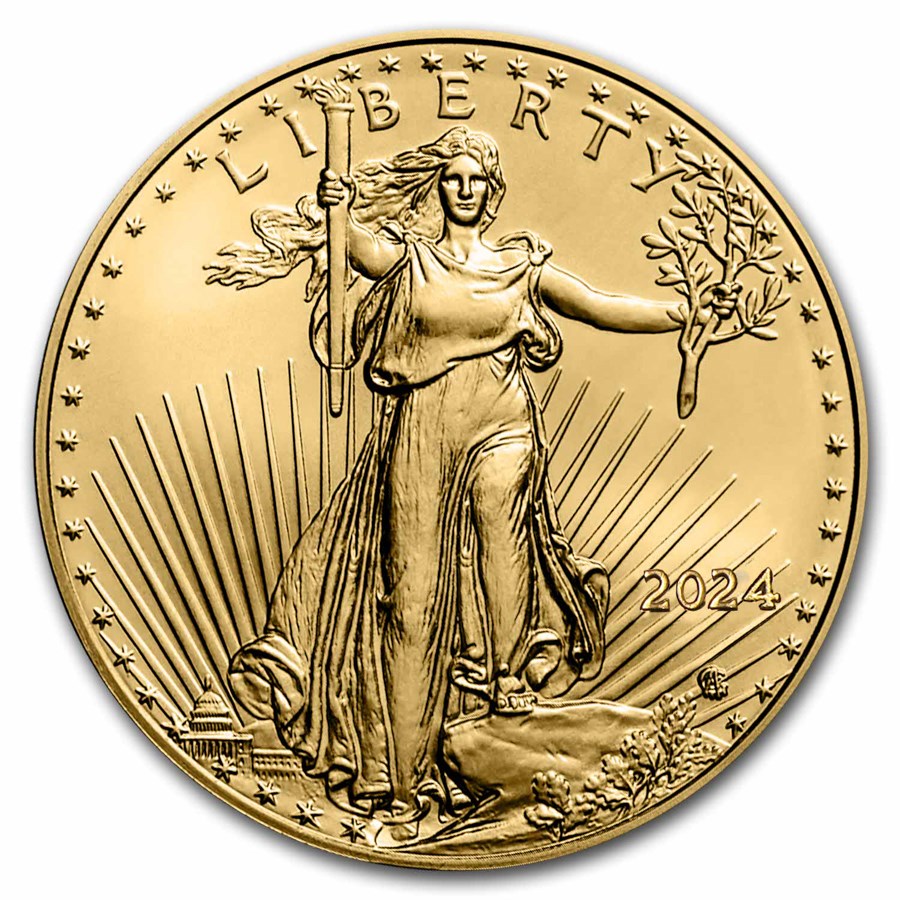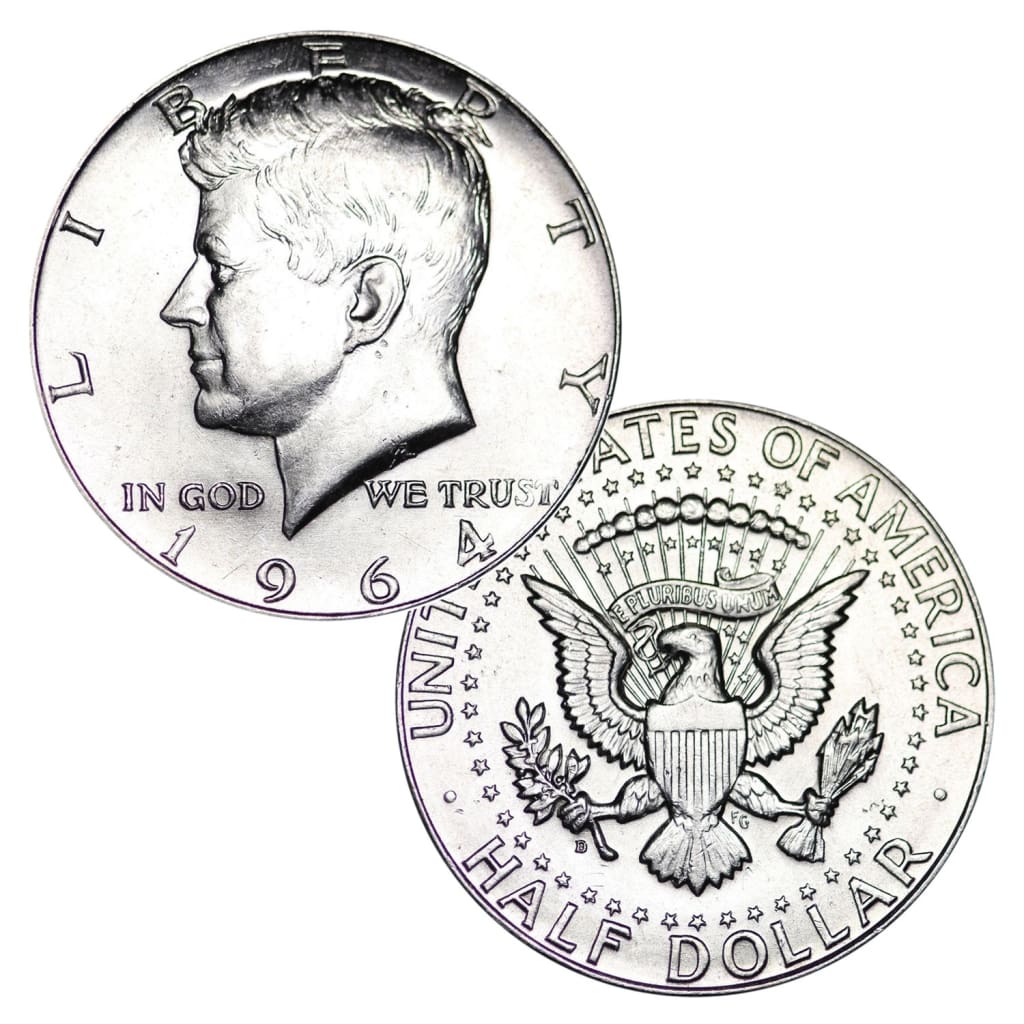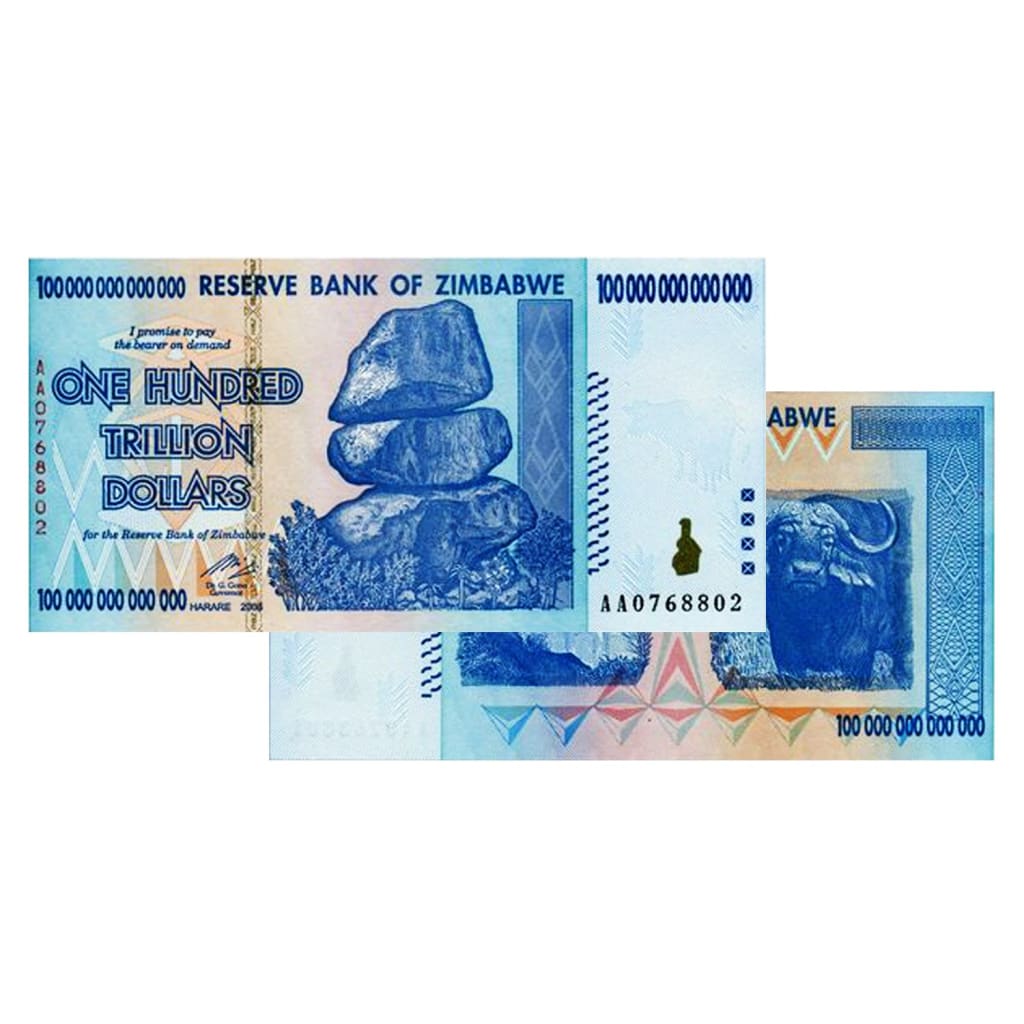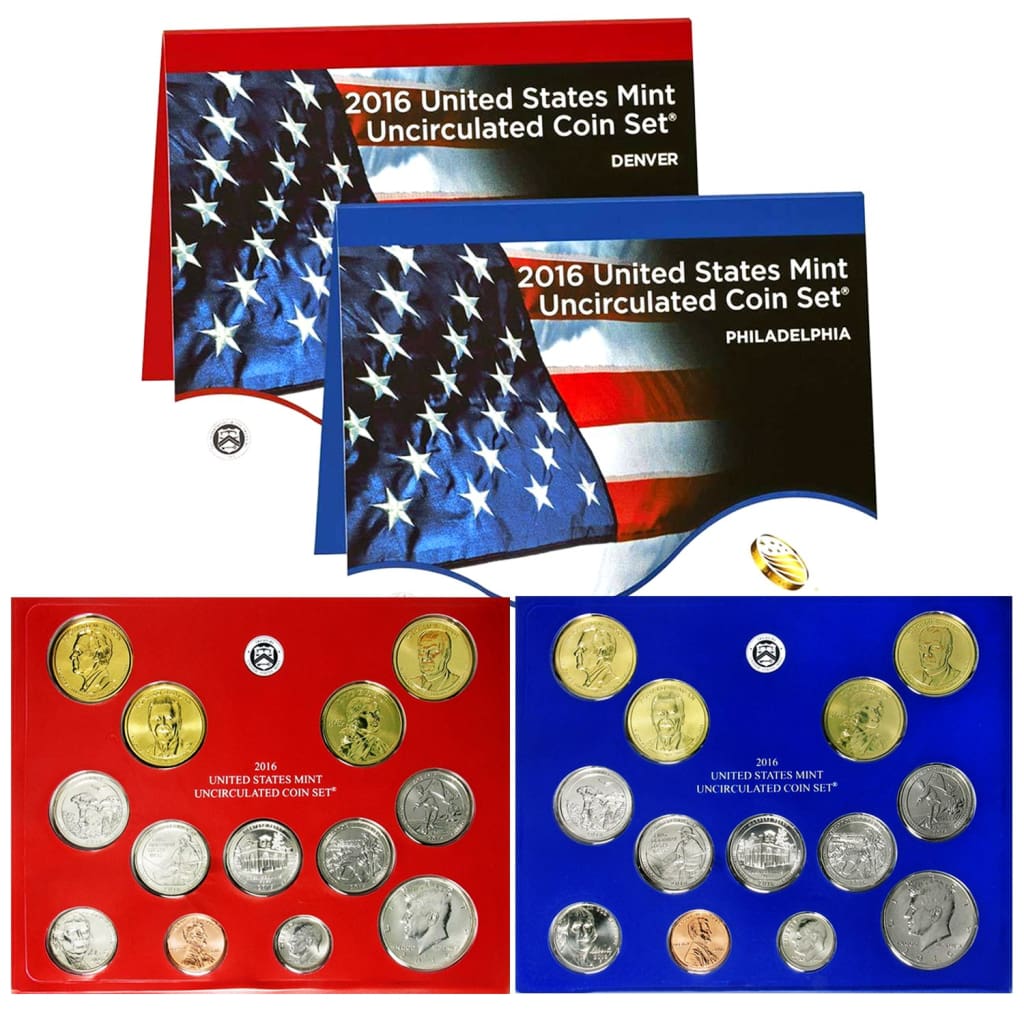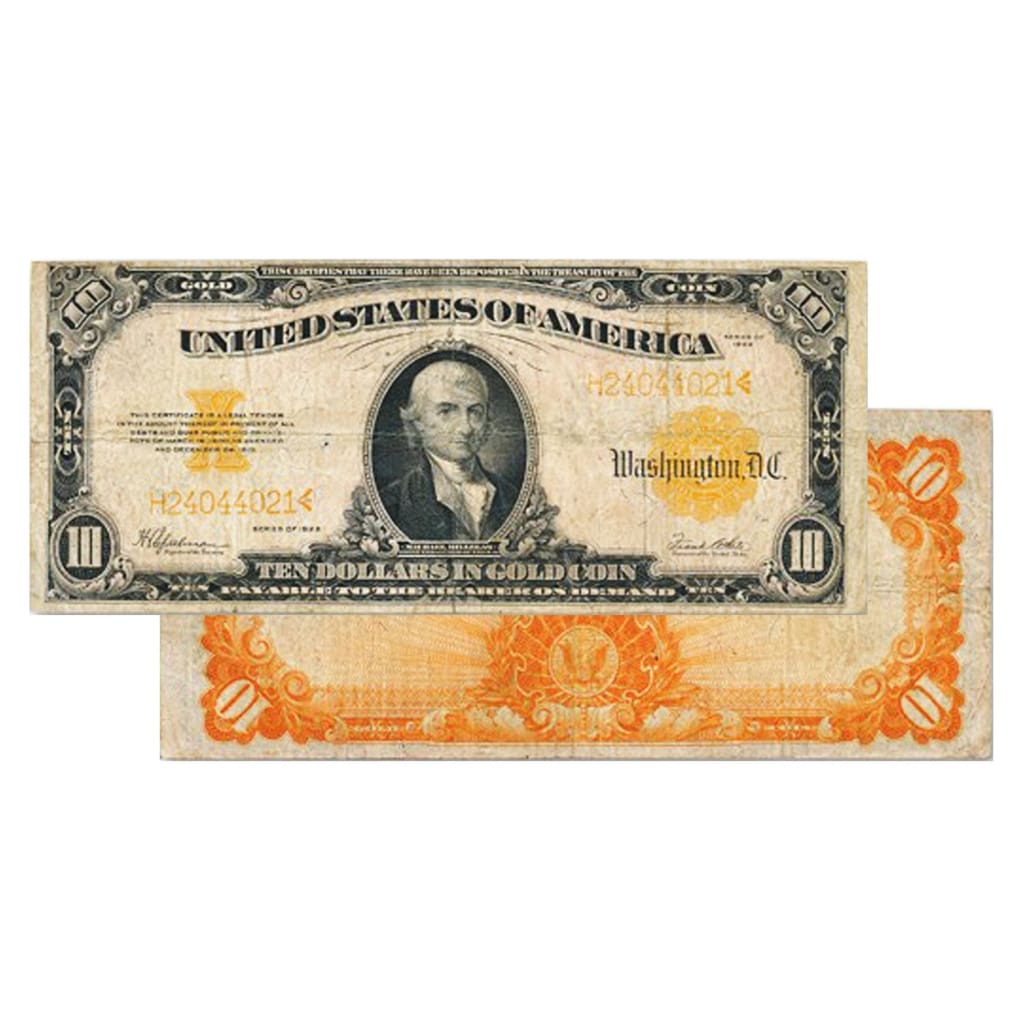Wait! you say. Half a dime is 5¢ and that’s a nickel, isn’t it? Well, that wasn’t always the case.
When the US Mint opened in 1792, the coins it was tasked with producing included several that are no longer in circulation, one of which was a small, thin five-cent silver coin called the half dime. It was the smallest silver coin ever minted in the US, both in denomination and size.
The First US Coin? From George Washington’s Spoons?
Some argue that the half dime was the first coin made for the US, several having been struck in the basement of Philadelphia saw maker John Harper while the US Mint was still under construction. Others dismiss the claim, saying the 1792 Harper coins were “pattern coins,” or test pieces for later production.
Fifty years later, Adam Eckfeldt, the engraver of the original dies, claimed those first half dimes were made from then-President George Washington’s personal silverware. Historians have no record of Martha confirming the tale despite allegedly having her portrait on its face.
Nonetheless, many of the 1,500 coins struck were given to Secretary of State Thomas Jefferson to be distributed as gifts to VIPs. Under 100 are known to survive and even a low-quality coin is worth tens of thousands of dollars. Grading service PCGS estimates a mint-state coin would bring well over a million dollars if one should ever come on the market.
Mass Production Starts - 1794
The first mass-produced half dimes rolled off the presses at the Philadelphia Mint in 1794. They used the same Robert Scot “Flowing Hair” Liberty design that was on the original silver half dollar and dollar coins. Only around 7800 were made in 1794, but production stepped up to 78,600 in 1795, the only two years for the Scot design. Under a thousand are known to survive.
Liberty Gets a Drape: 1796-1797
In 1796, a new design for the face of the half dime depicted a similar Miss Liberty with flowing locks, but with a drape over her previously unseen shoulders. The bigger change was adding additional stars around her head as new states were admitted. The 1796 and early 1797 coins have fifteen, and a sixteenth was added in mid-1797 when Tennessee joined the Union. The reverse had a spread-winged eagle perched on a cloud surrounded by a wreath of olive branches, similar to Scot’s earlier design. Known as the “Small Eagle” design, around 55,000 were minted over a two-year period before production was suspended for two years due to lack of demand.
Draped Bust Liberty, v.2: The Heraldic Eagle – 1800-1805
When production resumed in 1800, the face of the half dime remained essentially unchanged, but the eagle on the reverse underwent a major change. Its wings were raised in a heraldic style with a shield across its chest. It held arrows in one talon and olive branches in the other, thirteen stars over its head under an arc of clouds.
Draped Bust half dimes are hard to find, and top-graded samples are extremely rare and priced in tens of thousands. Most common are coins dated 1800. No half dimes were minted in 1804.
Capped Bust Design: 1829-1837
Much of the silver bullion used for coins in the early 19th century came from Spanish colonial dollars that were melted down for use in US coins. But exchange values caused that supply to dwindle, causing the discontinuance of US silver dollar coinage in 1804, followed by suspension of the half dime after 1805.
When production resumed in 1829, the half dime had a new design similar to that of the dime that had been in circulation since 1809. Liberty’s hair flowed onto her shoulders from under a Phrygian cap with the word Liberty on its band. She faces left toward seven stars with six more behind her and the date below. The reverse had an eagle similar to the original “Small Eagle” of 1796, but it faced left with a shield on its breast, and the denomination 5 C. appeared on the coins for the first time.
There are no particularly rare dates for these coins, so they are easy to collect in good condition, but top-graded coins can bring several thousand dollars.
Liberty Seated: 1837-1873
The last of the half dimes had famous designer Christian Gobrecht’s Liberty Seated depicted on its obverse and an open wreath surrounding “Half Dime” on the reverse. The original coins had a simple beaded edge, but thirteen stars surrounded Liberty on coins from 1838 on. The silver content was increased slightly to 90% to conform to international standards.
Slight design modifications occurred during the coin’s production, most notably arrows facing the date from 1853-1855, and a major change in 1860 that replaced the stars on the face with the legend United States of America and a much larger wreath without the USA legend on the reverse.
Half dimes were among the first coins struck at the new branch mint in New Orleans in 1838 and are some of the most collectible. Most other coins are readily available even in higher grades, and can be quite affordable. Scarcer dates such as 1846, 1849-O, and 1853-O without arrows bring several thousand dollars when they come to market.
The Last Half Dime: 1873
In the 1860s silver for coining was scarce due to Civil War demands and powerful nickel mining interests lobbied successfully for using that metal in lower-denomination coins. The first nickel five-cent coins went into production in 1866 alongside the silver half dimes. But the rising cost of silver and the coin’s small size doomed it to obsolescence, and the half dime was removed from circulation in 1873, giving way to the nickel alloy coin that’s still in use today.

